Specific ObjectivesBy the end of this topic, the learner should be able to:
CELLS AND SIMPLE CIRCUITS (12 LESSONS)
CELLS AND SIMPLE CIRCUITS.IntroductionWork done per unit charge is called electrical potential. Current is the flow of charge. For current to be continuous, potential difference between the two points must be sustained. Sources of continuous currents.In this process work is continuously done in moving electrons against a repulsive force. A device in which the potential difference is sustained is called a cell. A cell is a source of continuous current.The end of a cell with a higher potential (fewer electrons)is called the positive terminal while the end with lower potential (higher electrons) is called the negative terminal. 1. Chemical sourcesA good example is the electrochemical cell where simultaneous oxidation-reduction process occurs between the electrolyte and the electrodes.An external circuit is used to transfer the electrons. Examples of electrochemical cells are the primary cells i.e. the dry cell and Daniel cell. The reactants must be replaced after supplying a given amount of energy. The second type is the secondary cell or storage cell where the chemical reaction is reversible i.e. the lead-acid battery and nickel-cadmium cell. The third type is the fuel cell where chemical energy supplied is continuously converted into electrical energy i.e. hydrogen-oxygen cell used in spacecraft.
2. Thermoelectric sourcesA good example is the thermocouple where p.d is sustained by the continuous heating which keeps the terminals at different temperatures.3. Solar sourcesThis occurs when some semi-conductor material called P and N type absorbs light at their transition region and gain energy enough to move electrons just like in cells. They are used in spaceships, calculators, lighting, etc.DC circuitsConventionally current is a flow of positive charge and flows from the positive terminal to the negative terminal. A dc current is the flow of current in one direction that is from the positive terminal to the negative terminal when the loop is closed.Circuit symbolsThe following symbols are used in electrical circuits.
Potential difference and currentPd is the work done by moving an electron from one point of a conductor to another. Current is by definition the rate of flow of charge. Current = charge / time The SI unit for current is the ampere, A.
1 A = 1 Coul/sec 1 milliampere (mA) = 10-3 A 1 microampere (µA) = 10-6 A Examples 1. The current in a single loop is 3.0 A. How long would it take for a charge of 3600 coulombs to flow? Solution
Current = charge / time Time = charge / current => 3600 / 3 = 1200 seconds = 20 minutes. Primary cells This is a cell formed by dipping two different metals into an electrolyte. Experiment: making a simple cell Procedure
Copper strip therefore becomes positively charged while the zinc becomes negatively charged electrode.
The accumulation of bubbles around the copper strip is called polarization. The bubbles formed around the zinc strip is the reaction of acid with zinc impurities and is called local action. Polarization produces insulation between the strip and the acid cutting off production of current eventually. This is known as the internal resistance of the cell. Local action eats away the zinc strip and a mercury coat is applied to prevent this (amalgamation). Polarization and local action are the main defects of simple cells. The Leclanche’ cellIn this cell carbon rod is used as the positive terminal and zinc as the negative electrode.The electrolyte is ammonium chloride solution (NH4Cl). No polarization since it is reduced by use of manganese (IV) oxide (MnO2) which oxidizes hydrogen into water. Local action still occurs. They are used in operating bells and telephone boxes. The dry cellIt is referred to as dry because it contains no liquid. The ammonium solution is replaced with ammonium chloride jelly or paste, the manganese (IV) oxide and carbon powder are used as the depolarizer. The hydrogen gas produced is oxidized to water which eventually makes the cell wet after use. They are used in torches, radios calculators etc.Secondary cellsThey are also called storage cells since they store electrical charge as chemical energy.Experiment: To charge and discharge a simple secondary cell Procedure
DiscussionWhen charging oxygen is produced at the anode and hydrogen at the cathode. The oxygen reacts with lead to form lead (IV) oxide which is deposited at the anode. The hydrogen formed has no effect.When discharging current flows in opposite direction with oxygen being formed at the cathode and hydrogen at the anode. The colour of the positive electrode changes from brown to grey. Lead-acid accumulator.A 12V accumulator has six cells connected in series. Each cell has several plates forming lattice grid with positive plates carrying lead (IV) oxide and the negative plates having spongy lead. They are placed close to one another with an insulating sheet separating them.They are rated in ampere-hours i.e. 30 Ah means that it can supply 1 ampere for 30 hours or 2 amperes for 15 hours etc.
Example
A battery is rated at 30 Ah. For how long will it work if it steadily supplies a current of 3 A? Solution Q = I t, hence t = Q / I => 30 / 3 = 10 hours. Alkaline accumulatorsPotassium hydroxide (KOH).Nickel hydroxide (Ni (OH)) forms the positive electrode while iron forms the negative electrode.They are two types nickel cadmium (NiCd) and nickel iron (NiFe). They are used in ships, hospitals and buildings where large currents are required for emergencies. Advantages of alkaline accumulators over lead-acid accumulators
Disadvantages
0 Comments
Leave a Reply. |
Archives
December 2024
Categories
All
Physics notes form 1 to 4
|
||||||||||||||||||||||||
|
Primary Resources
College Resources
|
Secondary Resources
|
Contact Us
Manyam Franchise
P.O Box 1189 - 40200 Kisii Tel: 0728 450 424 Tel: 0738 619 279 E-mail - sales@manyamfranchise.com |
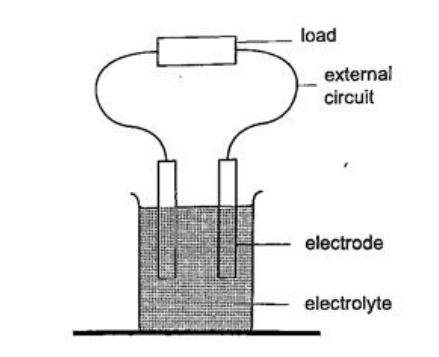
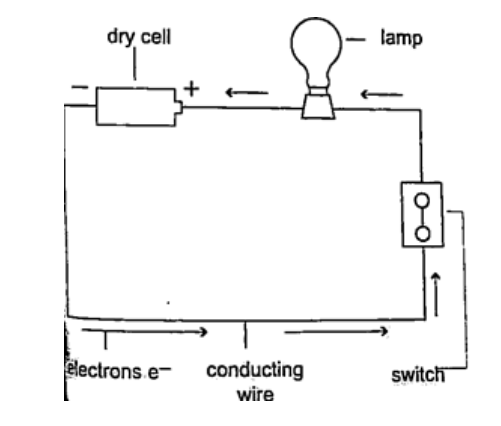
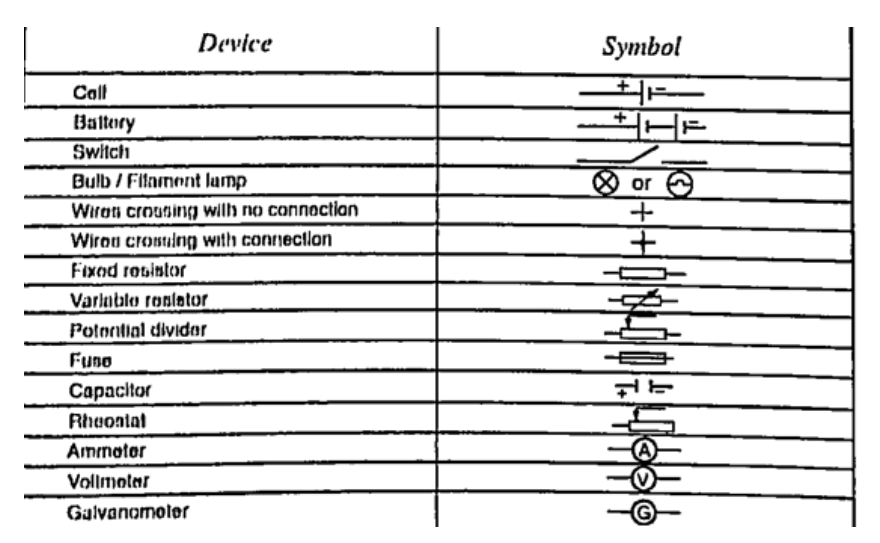
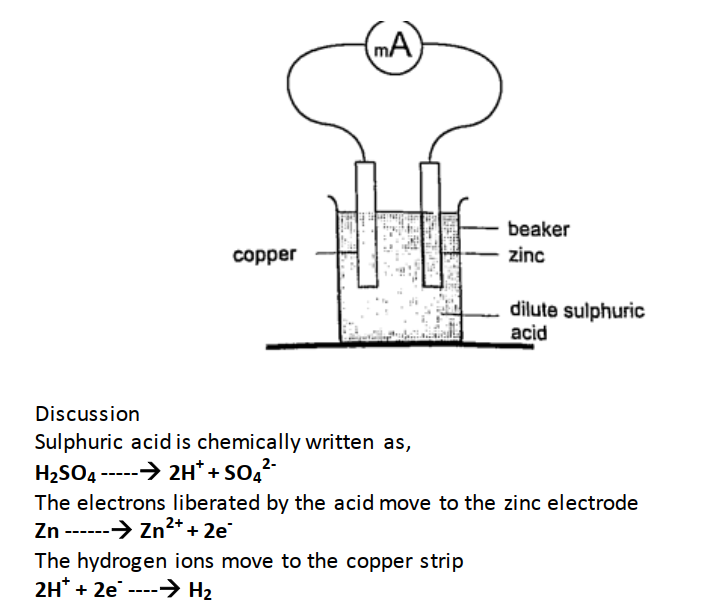
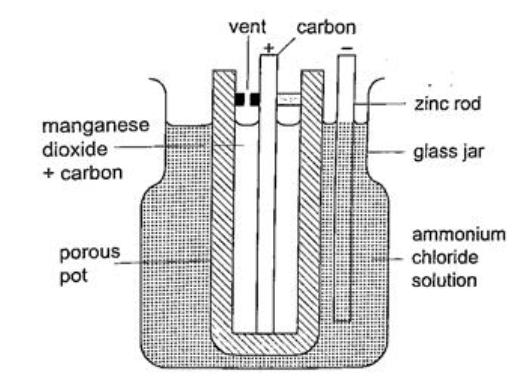
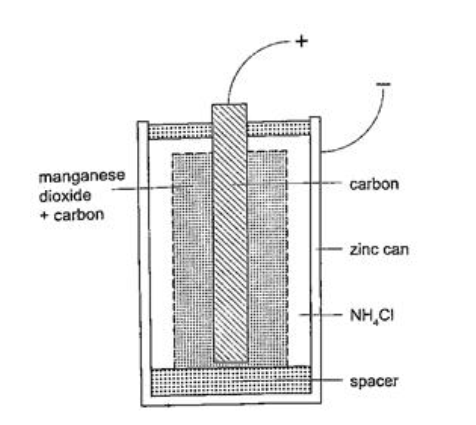
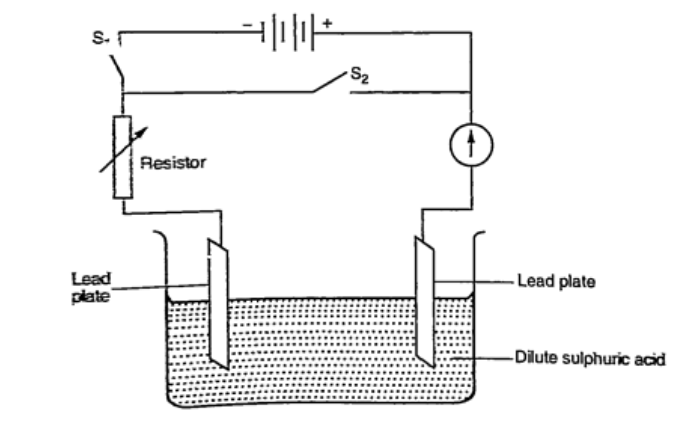
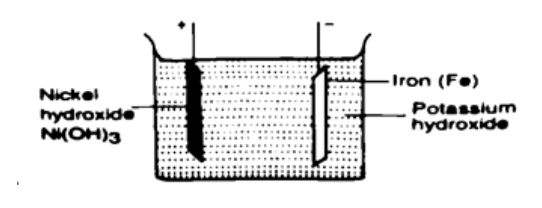
 RSS Feed
RSS Feed

